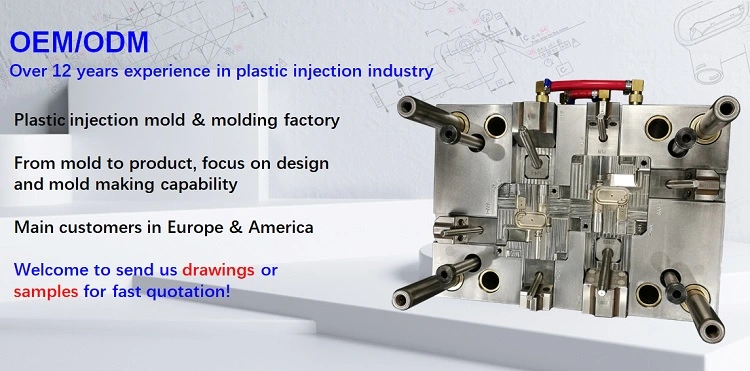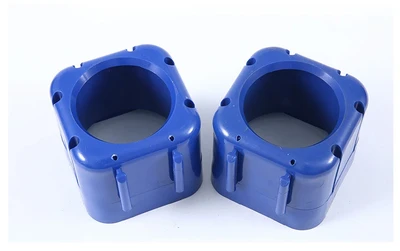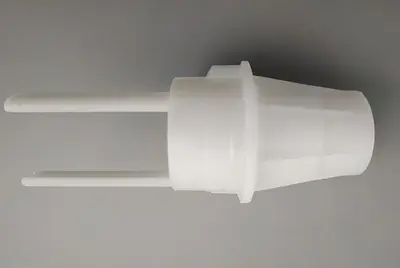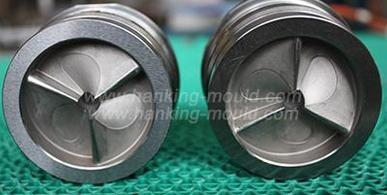Cracking Defects in Plastic Injection Molding: Causes and Solutions
I. Understanding Cracking Origins
Cracks are a prevalent defect in injection-molded plastics, primarily driven by stress and deformation. Key causes include residual stress from the molding process, external stress from design flaws, and environmental factors degrading material integrity.
II. Cracking Induced by Residual Stress
2.1 Overfilling-Related Cracking
Residual stress from overfilling arises in three main scenarios: overfilling, ejection issues, and metal inserts. Solutions for overfilling include:
Gate Modification: Switch from direct gates (prone to pressure loss) to multi-point, side, or tab gates to reduce stress around the gate area.
Temperature Adjustment: Increase resin temperature (within decomposition limits) to lower melt viscosity, improve flow, and reduce injection pressure.
Mold Temperature Control: Raise mold temperature to minimize stress; high injection speeds can mitigate stress even at lower temperatures.
Cycle Time Optimization: Shorten injection and holding times or adjust pressure switchover points to avoid prolonged stress.
Material Consideration: Amorphous resins (e.g., AS, ABS, PMMA) are more susceptible to residual stress than crystalline resins (e.g., PE, POM).
2.2 Ejection-Induced Cracking
Ejection stress occurs due to high forces from small draft angles or rough mold surfaces, often causing ejector marks or cracks near pins. Identify the crack location to pinpoint the cause, such as inadequate draft or surface texture.
2.3 Metal Insert-Related Cracking
Cracking from metal inserts arises from thermal expansion mismatches between metal and resin, leading to delayed stress failure. Prevention strategies include:
Avoiding general-purpose PS with inserts; nylon and glass fiber-reinforced resins (low thermal expansion) are more suitable.
Pre-heating metal inserts before molding to reduce thermal stress during cooling.
III. Cracking Due to External Stress
3.1 Design-Induced Stress Concentration
Inappropriate design, especially sharp corners, creates stress concentrations that lead to failure and cracking. Smooth radii and uniform wall thicknesses help distribute stress evenly.
IV. Environmental Factors Leading to Cracking
4.1 Material Degradation from External Conditions
Chemical Exposure: Chemicals degrade plastic physical properties, causing cracks.
Moisture Absorption: Water-induced degradation (e.g., hydrolysis) weakens materials over time.
Recycled Material Overuse: Excessive recycled content (beyond recommended limits) reduces mechanical strength, increasing crack susceptibility.
V. Comprehensive Prevention Strategies
5.1 Process Optimization
Adjust injection parameters (temperature, pressure, cycle time) to minimize residual stress.
Polish mold surfaces and increase draft angles to ease ejection and reduce friction.
5.2 Design Improvements
Replace sharp corners with radii; maintain consistent wall thicknesses to avoid stress concentrations.
For inserts, select compatible materials and pre-heat metal components.
5.3 Material and Environmental Control
Limit recycled material ratios and ensure proper drying for hygroscopic resins.
Protect molded parts from chemical exposure and harsh environmental conditions.
Cracking in custom injection-molded products requires a systematic approach to address process, design, and material factors, ensuring durable and defect-free components.
We specialize in plastic injection mold manufacturing service and injection molding processes for 20 years, contact yoyo@hanking-mould.com for your plastic products projects.










 Call us on:
Call us on:  Email Us:
Email Us:  No.23, XingYi Road, Wusha Community, Chang'an Town, Dongguan City, Guangdong Province, China.
No.23, XingYi Road, Wusha Community, Chang'an Town, Dongguan City, Guangdong Province, China.